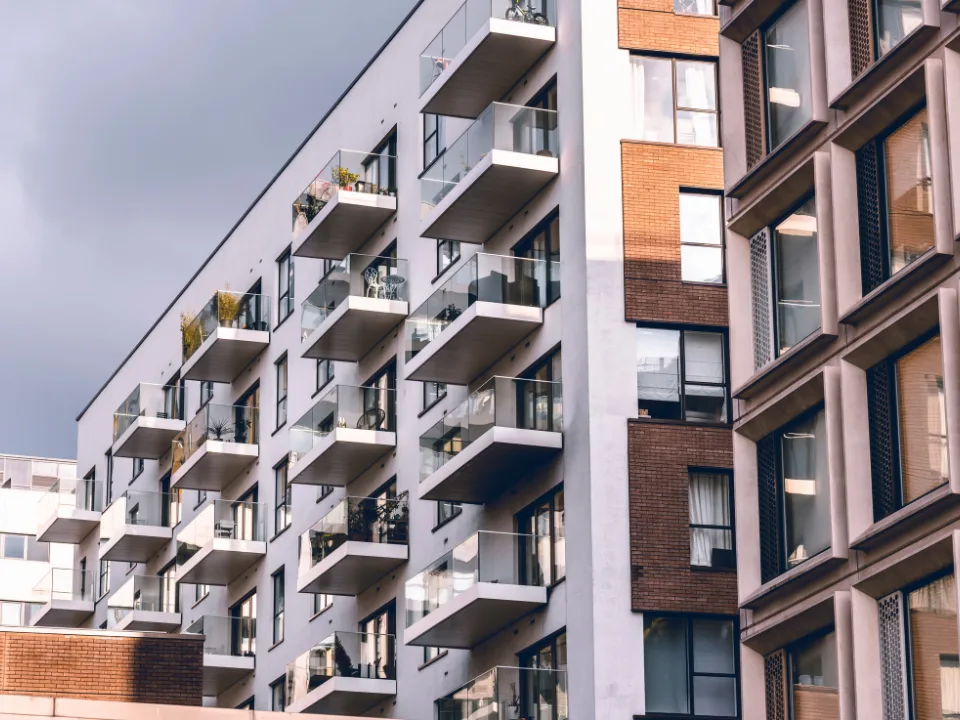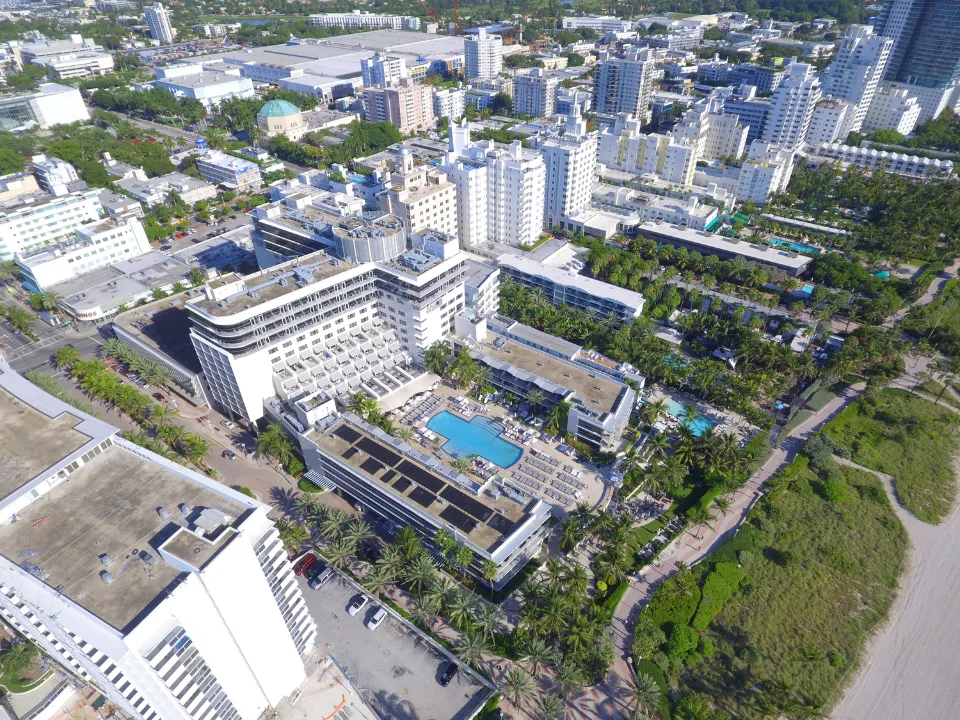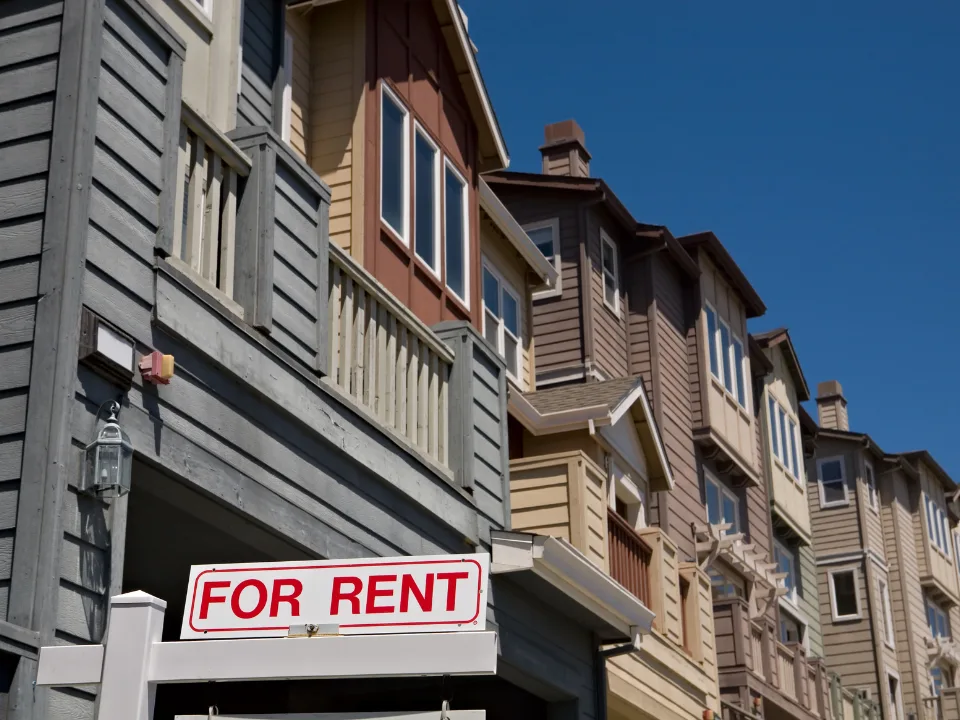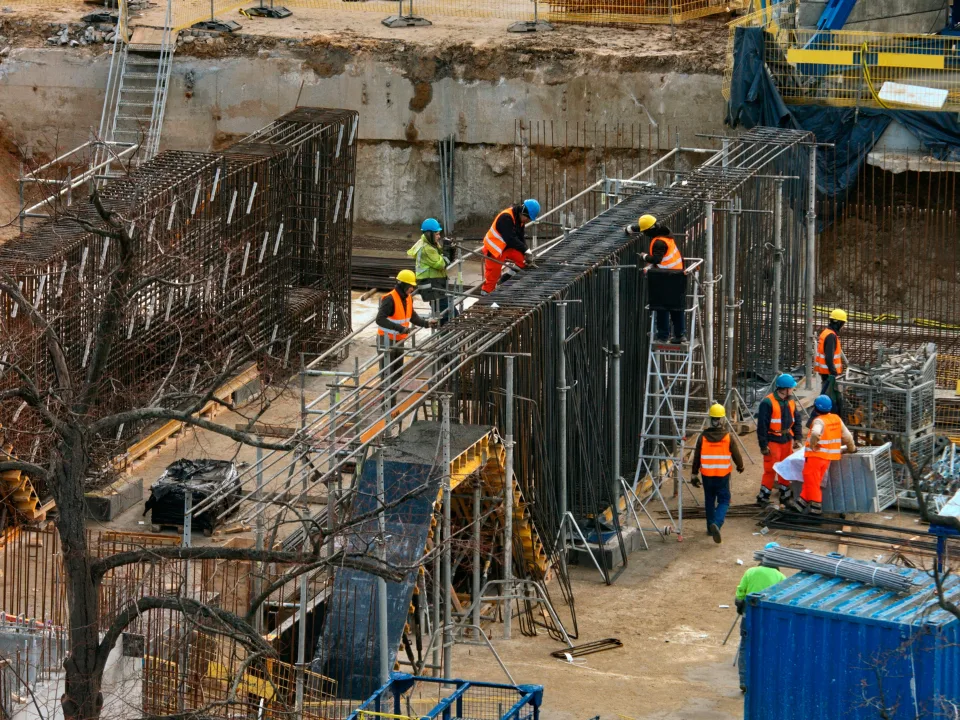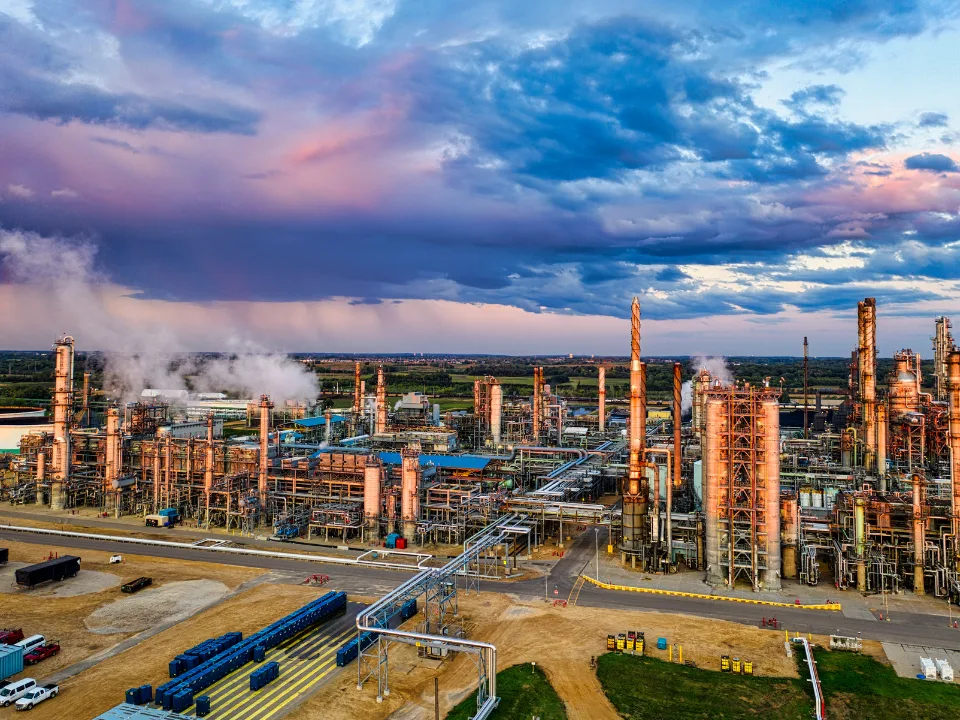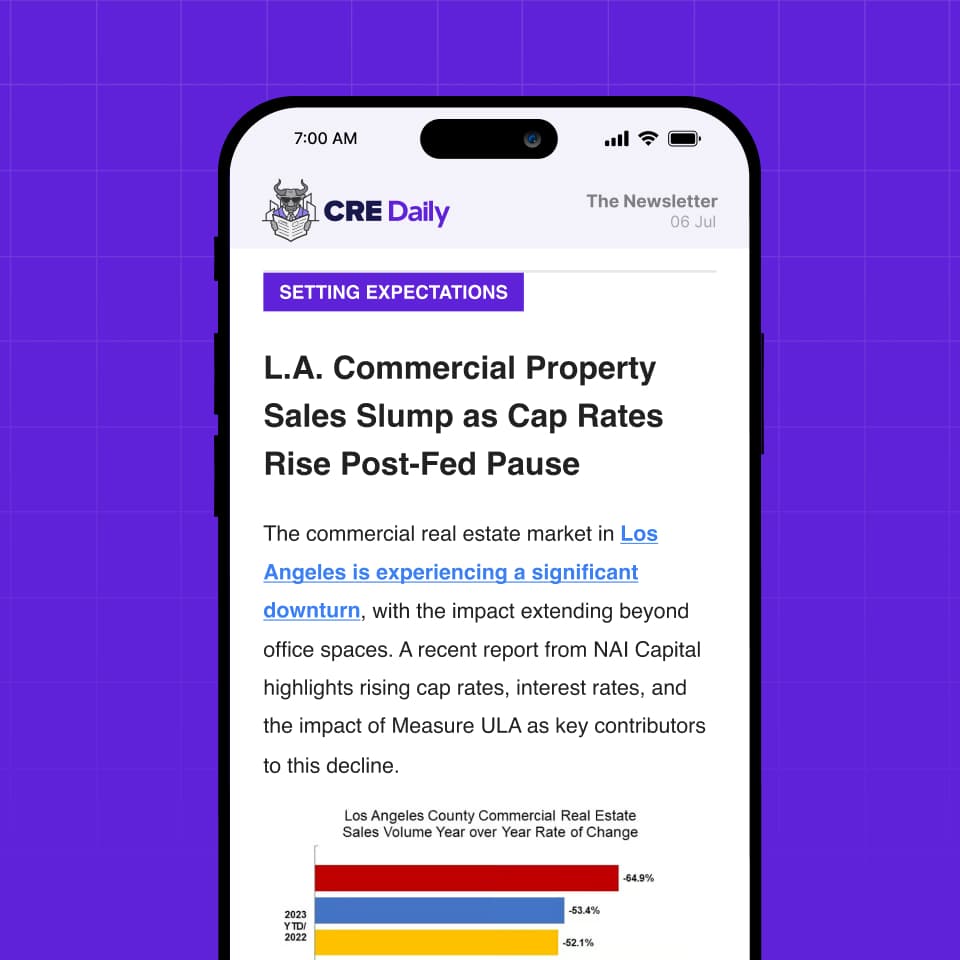- US apartment investors are building new units, even in the face of a national oversupply, with a long-term view of future demand.
- In 2024, approximately 400K units were absorbed, maintaining one of the highest absorption rates on record.
- While national occupancy fell to its lowest level since 2014, certain markets saw rent growth and retention stay strong due to few home-buying opportunities.
- The single-family build-to-rent sector is performing well, thanks to low home sales and rental demand.
- More investors are turning to mortgage-backed securities, up 118.7% YoY in 2024.
Despite concerns over an apartment oversupply in many US markets, developers and investors alike keep building new rental units, betting on future demand as supply growth slows.
A recent report from Yardi Matrix highlights the optimism driving this decision, noting a surge in multifamily construction backed by domestic and foreign capital, including high-net-worth individuals.
The report also noted that while occupancy rates have dipped to their lowest levels since 2014, the demand for rental properties in certain markets remains strong, per GlobeSt.
Building The Future
Many investors are choosing to build apartments with a long-term perspective, expecting that supply will slow down over the next few years. The report emphasizes the strategy often involves targeting completion dates around 2026, when supply growth is expected to be much lower.
As a result, developers are not only relying on current market dynamics but also planning for a future where rental demand will increase.
The capital driving this construction comes from a mix of private domestic firms, foreign investors, and wealthy families, all looking for steady, long-term yields from core real estate assets.
Get Smarter about what matters in CRE
Stay ahead of trends in commercial real estate with CRE Daily – the free newsletter delivering everything you need to start your day in just 5-minutes
By The Numbers
Despite a national slump in occupancy rates—falling to 94.5% in December 2024 due to the high volume of new apartments entering the market—demand for rental units remains resilient. In 2024, about 400K units were absorbed nationwide, one of the highest absorption rates in recent years.
Meanwhile, rent growth, though modest, continued its upward trajectory. In January 2025, the average multifamily asking rent rose by $3, reaching $1,746, up 0.8% YoY.
Notably, markets such as New York City, Philadelphia, Chicago, and Detroit saw strong rent growth despite the broader cooling of the national market. These metros were buoyed by high retention rates as potential homebuyers struggled with elevated mortgages and limited housing inventory.
SFR Strength
The single-family build-to-rent (SFR) sector is also flourishing, with rents rising by $5 to $2,157 in January 2025.
The YoY growth rate climbed slightly, continuing the trend of rising demand for rental homes due to the limited availability of affordable housing for sale. Occupancy rates, however, stood at 94.7%, a slight dip from the previous year.
Unsurprisingly, the SFR sector has attracted significant investor interest, with $7.8B worth of bonds backed by SFR properties issued in 2024—a 118.7% increase from the previous year.
Companies like Pretium Partners, Tricon Residential, and Invitation Homes were among the top issuers, signaling ongoing investor appetite for residential rental assets.
Enthusiastic Investors
At a recent industry meeting, developers and investors expressed optimism for the future of multifamily properties, citing strong economic fundamentals and a continued demand for rental housing.
However, concerns were raised about political and economic uncertainties, such as potential tariffs on construction materials and changes to immigration policies that could impact job growth and apartment demand.
The high interest rates—particularly the 10-year Treasury rate staying above 4.5%—also raised concerns about the availability of affordable debt for new developments.
While commercial banks and life companies are still willing to provide construction loans under certain conditions, there is a growing reliance on more expensive, higher-leverage financing options like debt funds.
What’s Next?
Despite a slowing rental market and concerns about oversupply in many US apartment markets, investors remain confident in the long-term viability of multifamily and single-family rental sectors.
As construction continues, the focus remains on delivering high-quality, core assets that will generate stable returns in the years to come.
Given the uncertainty surrounding interest rates and political factors, investors will need to be agile in navigating challenges, but overall, the multifamily sector’s future growth looks promising.
